What’s the Buzz
The Bee Healthy Blog
6 Metformin Alternatives to Consider for Type 2 Diabetes
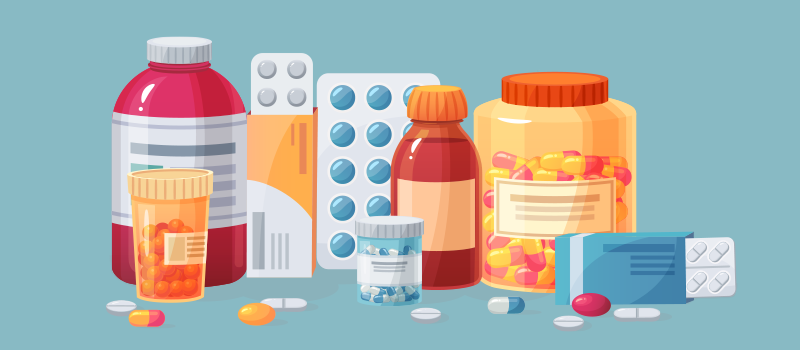
Key Takeaways
-
Metformin is a first-line treatment for type 2 diabetes mellitus. However, taking metformin alone does not always adequately control blood sugar levels, and additional medications are required.
-
If metformin is not sufficient, your healthcare provider may prescribe SGLT-2 inhibitors or GLP-1 receptor agonists. The diabetes treatment prescribed depends on your age, severity of diabetes, and other comorbidities.
-
One of the newest diabetes treatments is an injectable medication called tirzepatide (Mounjaro), which has been FDA-approved for chronic weight management.
Diabetes, a chronic health condition that causes excess glucose in the blood, can increase the risk of many health complications over time. Traditionally, metformin (brand name Glucophage) is a first-line treatment for people with type 2 diabetes mellitus.
It belongs to a group of drugs called biguanides and is one of the most commonly prescribed oral medications for diabetes due to its low cost and safety profile. Metformin helps to lower blood glucose levels by decreasing glucose production in the liver while reducing its absorption in the stomach and intestines. In addition, metformin also increases insulin sensitivity of fat cells and muscle tissue.
There is no doubt about the role of metformin in diabetes treatment. However, metformin is known to cause gastrointestinal (GI) side effects, causing stomach upset, nausea, and diarrhea. As a result of these GI side effects, many people cannot tolerate metformin, and having other alternatives to metformin is essential.
Besides unpleasant side effects, for many people, taking metformin alone does not adequately control blood sugar levels, and additional medications are required for diabetes management. The good news is that there are different types of medications with different mechanisms of action that can be used in combination to effectively treat diabetes.
Please keep reading to learn about some common metformin alternatives.
What can I take for type 2 diabetes instead of metformin?
Sulfonylureas
These are some of the oldest oral diabetes medicines. They are taken by mouth once or twice a day before meals.
Sulfonylureas increase insulin production by beta cells in the pancreas. Common side effects include weight gain and low blood sugar. Examples of sulfonylureas are glimepiride (Amaryl), glyburide (Glynase and Diabeta), and glipizide (Glucotrol and Glucotrol XL).
SGLT-2 Inhibitors
Sodium-glucose cotransporter-2 (SGLT2) inhibitors is a group of oral diabetes medicines that help with glucose control by preventing sugar reabsorption by the kidney then facilitating the extra sugar via the urine.
They are associated with a low risk of severe hypoglycemia (low blood sugar). These medicines protect against kidney disease, heart disease, and heart failure.
Common side effects include urinary frequency and genital yeast infections. Examples of SGLT-2 inhibitors are empagliflozin (Jardiance), bexagliflozin (Brenzavvy), dapagliflozin (Farxiga), canagliflozin (Invokana), and ertugliflozin (Steglatro).
GLP-1 Receptor Agonists
Glucagon-like peptide-1 (GLP-1) agonists are available as oral medication to be taken once daily or as injectable medications that are taken daily or weekly. They help to lower blood glucose levels and can lead to significant weight loss. Notably, some GLP-1 agonists have also been shown to be beneficial for your heart and kidneys. Therefore, GLP-1 agonists are a good alternative to treat diabetes if you also have heart disease.
GLP-1 receptor agonists trigger insulin release by the pancreas and block the hormone glucagon, which raises blood glucose, slows down gastric emptying, and increases satiety after meals.
Common side effects include gastrointestinal problems like nausea, vomiting, diarrhea, and loss of appetite.
Due to their weight loss effects, Wegovy (semaglutide) and Saxenda (liraglutide) are approved by the U.S Food and Drug Administration (FDA) for weight management.
Examples of GLP-1 receptor agonists are semaglutide injection (Ozempic), oral semaglutide tablets (Rybelsus), liraglutide (Victoza), dulaglutide (Trulicity), exenatide (Byetta), extended release exenatide (Bydureon), and lixisenatide (Adlyxin).
DPP-4 Inhibitors
Dipeptidyl peptidase 4 (DPP-4) inhibitors is a group of anti-diabetes drugs that are taken by mouth once daily, before or after meals. They prevent the breakdown of natural hormones that lower blood glucose levels. DPP-4 inhibitors are also known as “gliptins.”
This helps to lower hemoglobin A1C (average blood sugar levels over the past 2-3 months). DPP-4 inhibitors are generally well tolerated and are less likely to cause hypoglycemia (low blood sugar). DPP-4 inhibitors are considered to be weight-neutral, meaning agents from this drug class don't cause any weight gain or weight loss.
Common side effects include headache, upset stomach, and flu-like symptoms.
Examples of DPP-4 inhibitors are sitagliptin (Januvia), linagliptin (Tradjenta), alogliptin (Nesina), and saxagliptin (Onglyza).
Thiazolidinediones (TZDs)
These are oral drugs that reduce insulin resistance and increase insulin sensitivity of muscle and fat cells. Lower-cost generic drugs are available for drugs in this class. However, their side effect profile, especially with the increased risk of heart failure, is one of the disadvantages of TZDs. However, they can cause weight gain, edema (fluid retention), and an increased risk of heart failure.
Thiazolidinediones are also referred to as “TZDs” or “glitazone.”
Examples are rosiglitazone (Avandia) and pioglitazone (Actos).
Other medications for diabetes management
-
Alpha glucosidase inhibitors such as miglitol (Glyset) and Acarbose (Precose)
-
Bile acid sequestrants such as colesevelam (Welchol) to be used in combination with other diabetes medications
-
Dopamine-2 agonists such as bromocriptine (Cycloset)
-
Meglitinides such as repaglinide (Prandin) and nateglinide (Starlix)
Insulin
Insulin is the most effective medication to control high blood sugar levels.
If diet and lifestyle changes, along with oral diabetes medications or non-insulin injectable diabetes medications, do not adequately lower blood sugar levels, your healthcare provider may recommend starting insulin.
Insulin is also used to treat complications such as diabetic ketoacidosis. The disadvantage of insulin is that it must be injected.
What is the next best diabetes medication after metformin?
If your diabetes is uncontrolled on metformin or you cannot take metformin, your healthcare provider may prescribe alternatives to metformin, such as SGLT-2 inhibitors or GLP-1 receptor agonists.
The best diabetes medication may be different for everyone. The factors that are taken into consideration when deciding the best approach for diabetes treatment are:
-
Age
-
Severity of diabetes
-
Other comorbidities such as heart disease, kidney disease, and obesity
What are doctors prescribing instead of metformin?
There are many treatment options for type 2 diabetes. Doctors choose a medication to treat diabetes based on many factors, such as your initial hemoglobin A1c, the duration of your diabetes, physical findings, coexisting medical conditions such as high cholesterol, kidney function, or cardiovascular disease, cost of diabetes care, insurance coverage, and your personal preferences.
Many metformin alternatives are available, and they work differently. Your provider may choose a metformin alternative, or they may prescribe metformin along with other drugs to lower glucose levels to a healthy range and achieve glycemic control and overall health goals.
Remember, lifestyle modifications are natural alternatives to drugs and can help you lose weight and control blood glucose levels.
What is the new pill for type 2 diabetes in 2023?
One of the newest therapies for type 2 diabetes is an injectable medication called tirzepatide (Mounjaro). It is a dual GIP and GLP-1 receptor agonist. Injectable tirzepatide (under the brand name Zepbound) has been FDA-approved for chronic weight management.
Save on Your Diabetes Medication with BuzzRx!
Manage your diabetes medication costs with BuzzRx coupons. Here are direct links to substantial savings for each medication:
-
Metformin Coupon: The retail price is about $114.84, but with BuzzRx, you might pay as low as $10.62.
-
Chloroquine Phosphate Coupon: Typical retail price is around $160.30, and with BuzzRx coupons, you could pay as low as $16.59.
-
Glyburide Coupon: Retail prices are between $62.69 and $139.95. Save with BuzzRx coupons, with prices as low as $27.86.
-
Glipizide Coupon: The retail prices are between $57.99 and $116.01, but with BuzzRx coupons pay as low as $10.49.
-
Jardiance Coupon: Retail prices are around &716.63. With BuzzRx prices, pay as little as $592.21.
-
Brenzavvy Coupon: Retail price is $56.99. With BuzzRx coupons, pay as low as $43.11.
-
Farxiga Coupon: Typical retail prices are up to $678.63. But with BuzzRx coupons, pay as low as $564.65.
-
Invokana Coupon: Retail prices are as high as $782.99. With BuzzRx coupons, pay as low as $597.38.
-
Steglatro Coupon: Retail prices are around $404.99. With BuzzRx coupons, pay as low as $343.75.
-
Ozempic Coupon: Pay as low as $929.19 with a BuzzRx coupon.
-
Rybelsus Coupon: Pay as low as $929.19 with a BuzzRx coupon.
-
Victoza 3-Pak Coupon: With a BuzzRx coupon, pay as low as $1,107.34.
-
Trulicity Coupon: Retail prices are around $2,227.59. With BuzzRx coupons, pay as low as $924.39.
-
Byetta Coupon: Pay as little as $820.39 with a BuzzRx coupon.
-
Bydureon Pen Coupon: Pay as little as $798.90 with a BuzzRx coupon.
-
Adlyxin Coupon: Pay as little as $676.08 with BuzzRx coupons.
-
Januvia Coupon: Retail prices are between $576.20 and $698.82. With BuzzRx coupons, pay as low as $546.84.
-
Tradjenta Coupon: Retail prices are as high as $650.62. With BuzzRx coupons, pay as low as $525.08.
-
Alogliptin Coupon: Retail prices are as high as $229.35. Pay as low as $121.80 with a BuzzRx coupon.
-
Saxagliptin Coupon: The retail price is $1,344.99. With BuzzRx coupons, pay as low as $1,108.05.
-
Avandia Coupon: Pay as low as $233.08 with BuzzRx coupons.
-
Pioglitazone Coupon: Retail prices are as high as $801.99. With BuzzRx coupons, pay as low as $19.96.
-
Miglitol Coupon: Pay as low as $349.03 with BuzzRx coupons.
-
Acarbose Coupon: Retail price is $708.02. With BuzzRx coupons, pay as low as $21.72.
-
Colesevelam Coupon: Retail price is $470.69. With BuzzRx coupons, pay as low as $81.13.
-
Bromocriptine Mesylate Coupon: The retail price is $111.99, but with BuzzRx coupons, you can pay as little as $55.59.
-
Repaglinide Coupon: The retail price is $172.62. But with BuzzRx coupons, pay as little as $19.01.
-
Nateglinide Coupon: Pay as low as $19.20 with BuzzRx coupons.
-
Mounjaro Coupon: Retail price is $2,400.64. With BuzzRx coupons, pay as little as $1,015.07.
-
Zepbound Coupon: The retail price is as high as $2,400.64. With BuzzRx coupons, pay as low as $1,015.07.
-
Saxenda Coupon: With a BuzzRx coupon, pay as low as $1,107.34.
-
Wegovy Coupon: With BuzzRx coupons, pay as little as $929.19.
Remember, these coupons are widely accepted at over 60,000 pharmacies, including major chains like CVS, Walgreens, and Rite Aid. Just present your coupon at the pharmacy to ensure you're getting the best possible price.
References:
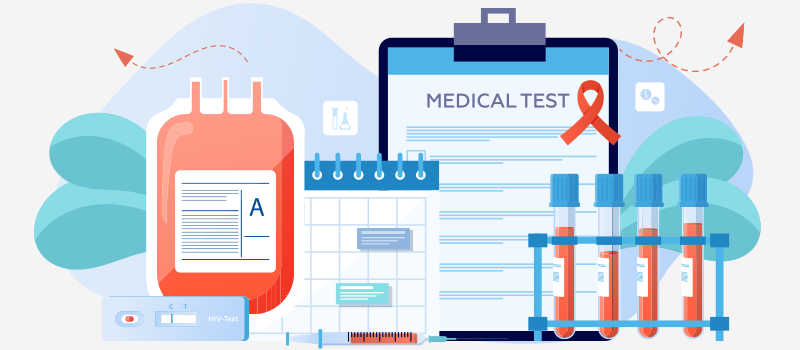

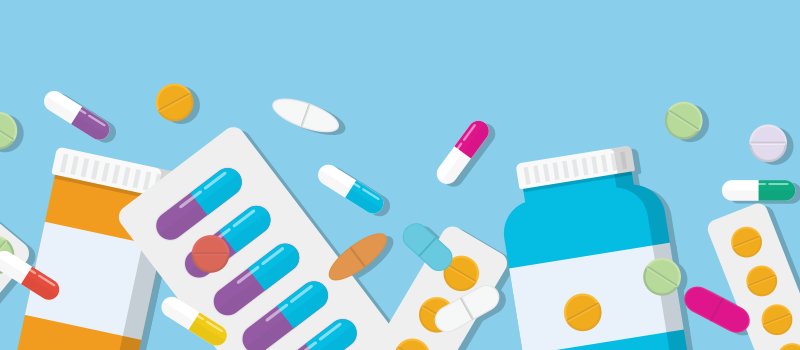
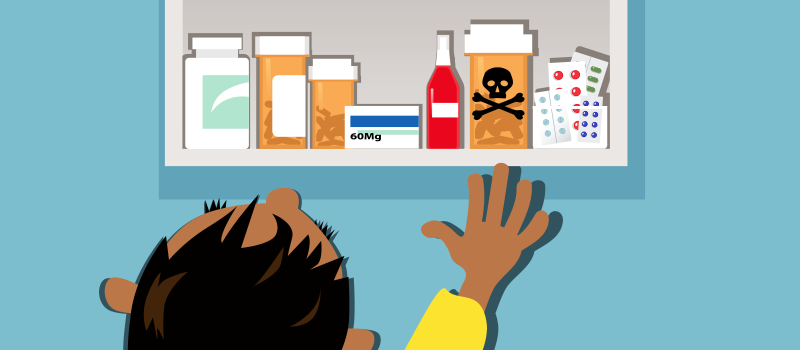


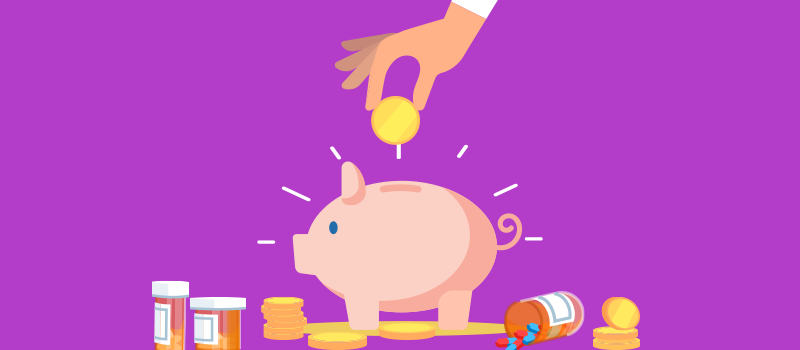


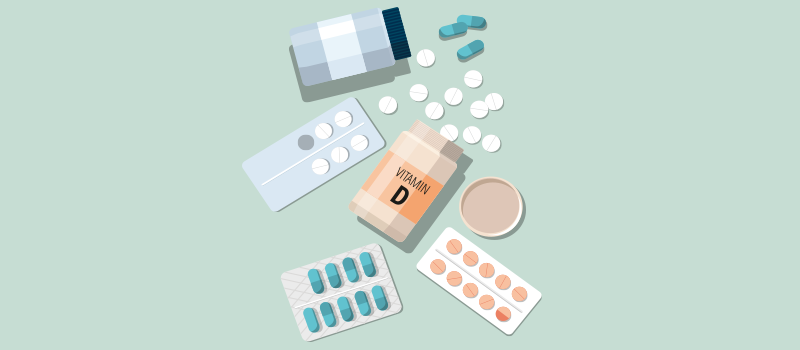


SOCIAL